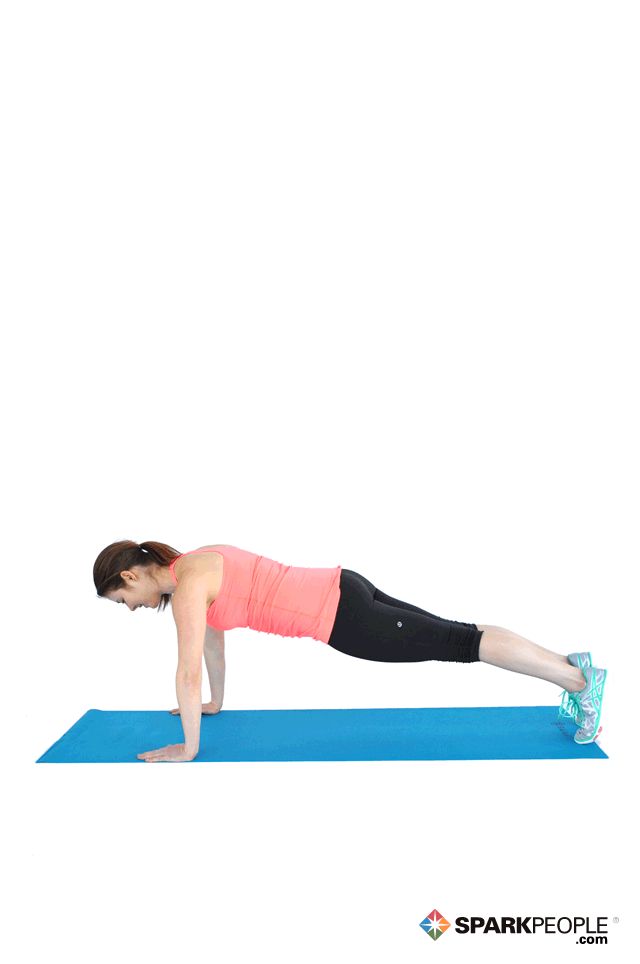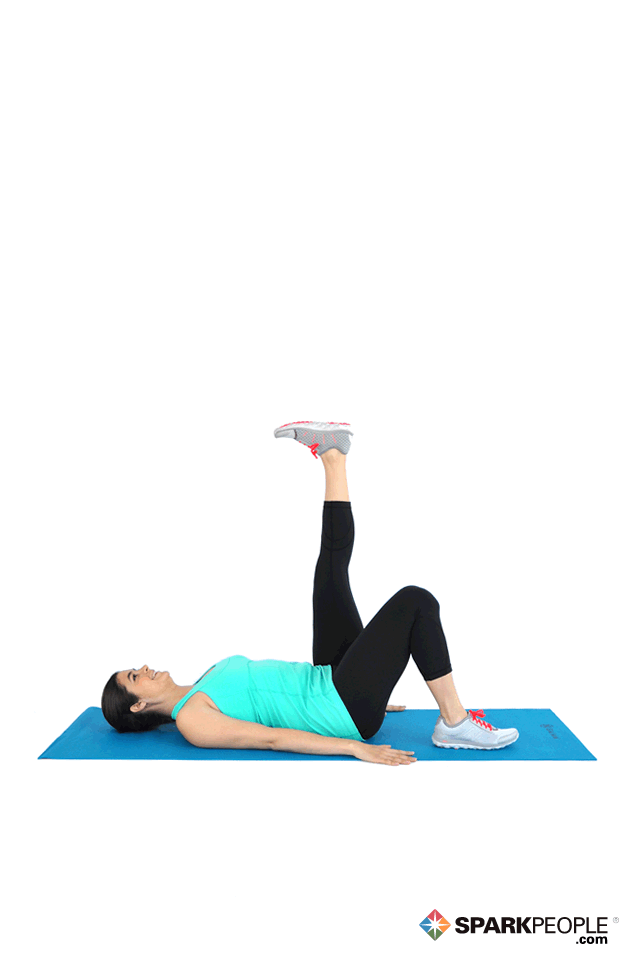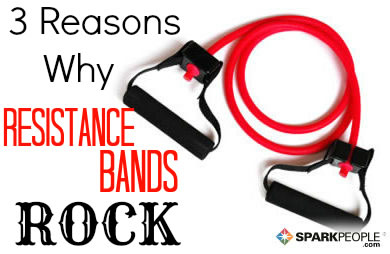An hour might not seem like a long time when you're catching up on your favorite Netflix show, reading a great book or enjoying dinner with a friend. But if you're new to the fitness scene, a consecutive 60 minutes of exercise can feel like an eternity.
Even a seasoned gym-goer who loves getting their sweat on, might have a jam-packed schedule that makes finding time for an hour-long workout feel like acrobatics in itself.
For decades, we've been conditioned to accept the “power hour" as the acceptable length of an effective workout. Most gyms and fitness studios tend to offer their classes in 60-minute increments. It's easy to fall into the all-or-nothing mentality, assuming that it's not worth the effort of changing your clothes and driving to your destination if you don't have a full hour to commit to spinning, yoga, weight lifting or whatever happens to be your activity of choice.
Fortunately, that "hour or bust" school of thought is quickly getting debunked. Experts agree that the quantity of movement isn't always important, but the quality always is.
"Moving is moving," Luke Andrus, personal trainer and health coach at Anytime Fitness, explans. "And even if you only have 15 minutes, that’s still 15 minutes that you’ve done something. These things add up."
Why Is an Hour Not Necessary?
While the American College of Sports Medicine does recommend that adults participate in 150 minutes of moderate-intensity exercise per week, it doesn’t stipulate that those have to be comprised of 60-minute workouts. Despite popular opinion, you're free to carve up those 150 minutes in whatever way works for your schedule and lifestyle.
"It’s often unrealistic to expect someone to take the time to work out for 60 minutes when they have to drive to and from the gym, and spending time getting dressed or showering after," says Andrus. "An intense 30-minute workout is much easier to fit into someone’s lunch break or in the morning before work."
Another factor is performance. As Andrus points out, if you're doing a 60-minute workout, chances are good that you might trail off or get fatigued during the last half. But if the workout is just 30 minutes, you’ll use most of your energy where it counts and waste less time during the fatigued moments.
"If you’re working out for an hour, your average intensity may be lower, or you may take more recovery time than you would in a shorter workout," says Andrus. "If either of these occur, your caloric burn may be less."
When working with clients, he recommends that they complete five 30-minute workouts instead of three 60-minute sessions. Although it adds up to fewer minutes overall, the time spent will likely be more efficient, have better form and torch more calories.
Ideas for Squeezing in Quick Workouts
For those of us who don't have the opportunity (or the inclination) to spend an hour or more at the gym each day, Andrus offers some ideas for squeezing in abbreviated sessions that will help you reach your goals without compromising your schedule:
- HIIT It. High-intensity interval training is a form of training that involves short intervals of maximum-intensity exercise separated by longer intervals of low- to moderate-intensity exercise. The main benefit of HIIT is that it increases the number of calories you burn during (and after) your exercise session, because it extends the length of time it takes your body to recover. HIIT can be done anywhere, from the treadmill at the gym to your neighborhood sidewalk or a staircase in your house.
- Do bite-sized mini-workouts throughout the day. Think you don't have time to exercise? Instead of looking for long chunks and coming up short, think smaller—you may be surprised by how many hidden opportunities you find. Some ideas for "fitness hacks" include walking while on a phone call, lifting small free weights at your desk, doing calf raises while standing in line, choosing staircases over elevators and walking for 15 minutes before or after lunch.
- Do something you enjoy after work. There are plenty of activities that don't involve the gym, but still burn calories and strengthen muscles. Whether it's walking the dog, throwing the football with the kids, weeding the garden or cleaning the kitchen, every movement counts toward your goal. Resist the idea that you have to change into workout gear and be in "official" exercise mode in order for the movement to be meaningful.
-
Be an active parent. For busy moms and dads who are juggling a million and one daily tasks, it can seem impossible to find time for a sweat sesh—but it's important to find ways to stay active, both for the sake of your own self-care and to set a healthy example for the little ones watching. Reduction Rules to Get the Most out of Every Workout
Once you've found some pockets of time to squeeze in your abbreviated workouts, it's important to make the most of every minute, and to ensure that you’re getting maximum quality and results. To that end, Andrus offers some "reduction rules" for implementing shorter, yet effective workouts into your schedule.
- Increase the intensity, but don’t ditch the warm-up. "Warm-ups are essential for safety and effectiveness," says Andrus. "If you’re going to drop to 30-minute workouts, spend at least five minutes of your time slowly ramping up your heart rate and core temperature. Then, in the 20 to 25 minutes you have left, aim to be uncomfortable."
- Add frequency, but don’t skip the active recovery days. Although it's optimal to aim for the ACSM's guideline of 150 minutes of total exercise each week for good health and well-being, Andrus says it’s still important to include active recovery days to stay injury-free and sidestep burnout. Try a few days each week of high(er) intensity exercise mixed with days of yoga, walking, paddle boarding, leisurely bike riding or whatever type of active rest activity you prefer.
- Move more, but don’t rely on pedometers. Even if you're following these guidelines to the letter, workouts are only part of the equation. "We’re learning, every day, how detrimental sitting is to our health," says Andrus. "The 'move more' mantra has been out there for a while now, but we’re relying on the number of steps we take to give us a virtual thumbs-up. Movement actually means changing positions and doing so frequently." Try setting a timer to make sure you move around at least one minute each hour as often as you can.
25-Minute Lunchtime Bodyweight Workout
Try this quick yet effective lunchtime workout that lets you work the whole body, while still having time for a healthy meal afterward. No equipment required!
Andrus recommends performing these exercises with a moderate pace and limited rest. Make the most of every minute!
25 push-ups (or modified push-ups)

25 single leg bridges (each leg)

25 plank jumping jacks

25 step-ups (each leg)

30-second side plank with arm lift (each side)

100 jumping jacks
Break for one minute, and then repeat. Continue for 25 minutes.
|
|




























